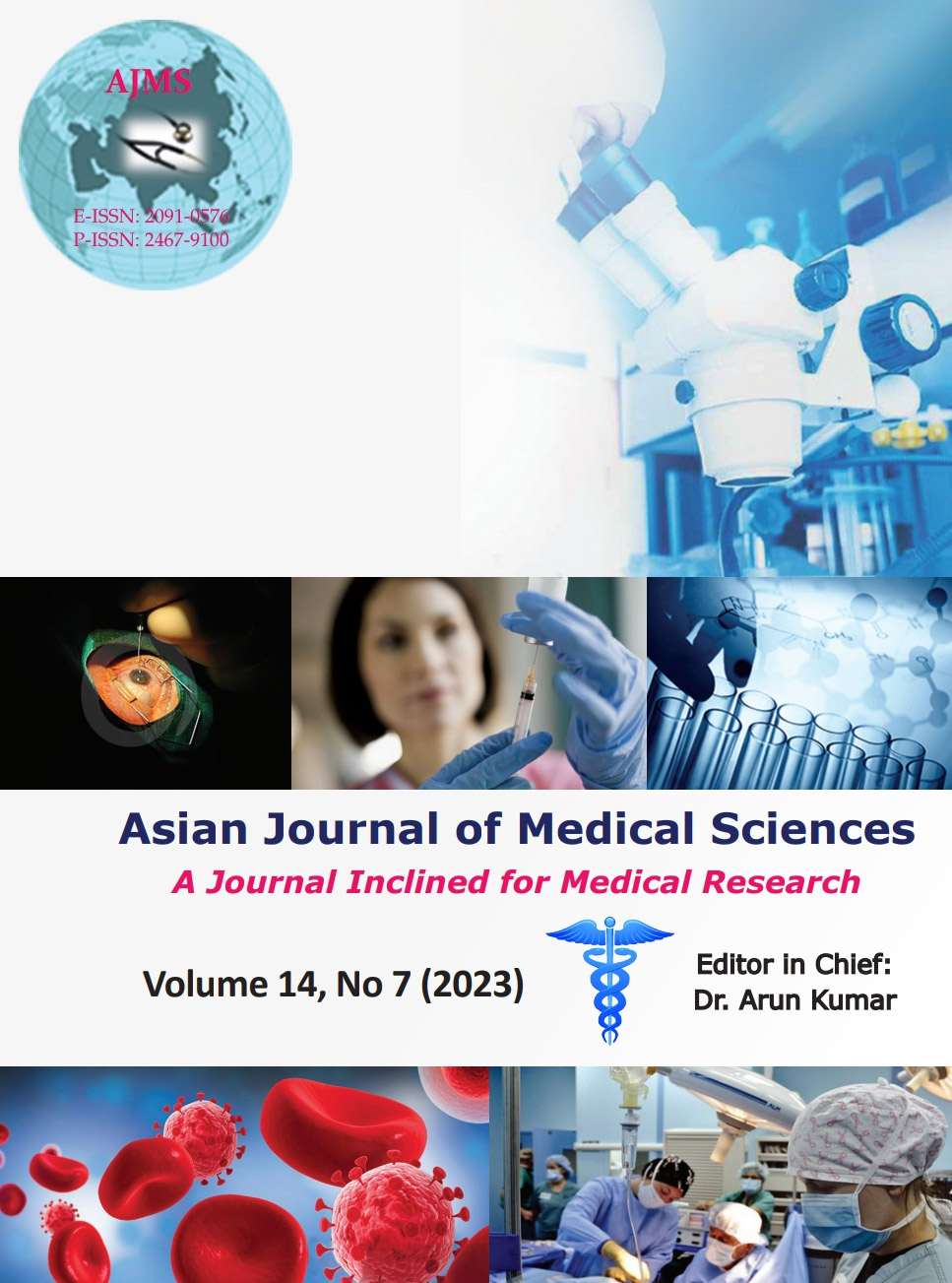A study to evaluate the efficacy of instillation of ropivacaine with fentanyl, dexmedetomidine, or morphine through surgical drain for post-operative analgesia in patients undergoing modified radical mastectomy
Keywords:
Wound instillation; VAS; Ropivacaine; Morphine; Dexmedetomidine; Surgical drain; Mastectomy; Post-operative analgesiaAbstract
Background: Local anesthetics have become vital part of multimodal analgesia approach. Instillation of local anesthetics through surgical drain is easier and safer method than conventional nerve blocks. Various local anesthetic drugs and adjuvants have been used for post-operative pain management through surgical drains.
Aims and Objectives: This study was conducted to evaluate the efficacy of instillation of ropivacaine with fentanyl, dexmedetomidine or morphine through surgical drain for post-operative analgesia and patient satisfaction in patients undergoing modified radical mastectomy.
Materials and Methods: A prospective, randomized, and double-blind study was conducted dividing 75 female patients aged 30–70 years who underwent modified radical mastectomy into three groups: Group (RM) received 40 ml 0.25% ropivacaine with 4.5 mg morphine, group (RD) 40 ml 0.25% ropivacaine with 1 mg/kg dexmedetomidine and group (RF) 40 ml 0.25% ropivacaine with 50 microgram fentanyl, instilled through surgical drains.
Results: Visual analog score for pain at rest and movement was significantly lower in group RM as compared to group RD and RF with no significant difference among group RD and RF at different time intervals postoperatively. Patient satisfaction at 24-h postoperatively was significantly better in group RM as compared to group RD and RF (P=0.01) with no significant difference among group RD and group RF.
Conclusion: Instillation of ropivacaine with morphine provides good pain relief, prolonged duration of analgesia, and good patient satisfaction in the post-operative period as compared to ropivacaine with dexmedetomidine or fentanyl.
Downloads
Downloads
Published
How to Cite
Issue
Section
License
Copyright (c) 2023 Asian Journal of Medical Sciences

This work is licensed under a Creative Commons Attribution-NonCommercial 4.0 International License.
Authors who publish with this journal agree to the following terms:
- The journal holds copyright and publishes the work under a Creative Commons CC-BY-NC license that permits use, distribution and reprduction in any medium, provided the original work is properly cited and is not used for commercial purposes. The journal should be recognised as the original publisher of this work.
- Authors are able to enter into separate, additional contractual arrangements for the non-exclusive distribution of the journal's published version of the work (e.g., post it to an institutional repository or publish it in a book), with an acknowledgement of its initial publication in this journal.
- Authors are permitted and encouraged to post their work online (e.g., in institutional repositories or on their website) prior to and during the submission process, as it can lead to productive exchanges, as well as earlier and greater citation of published work (See The Effect of Open Access).




